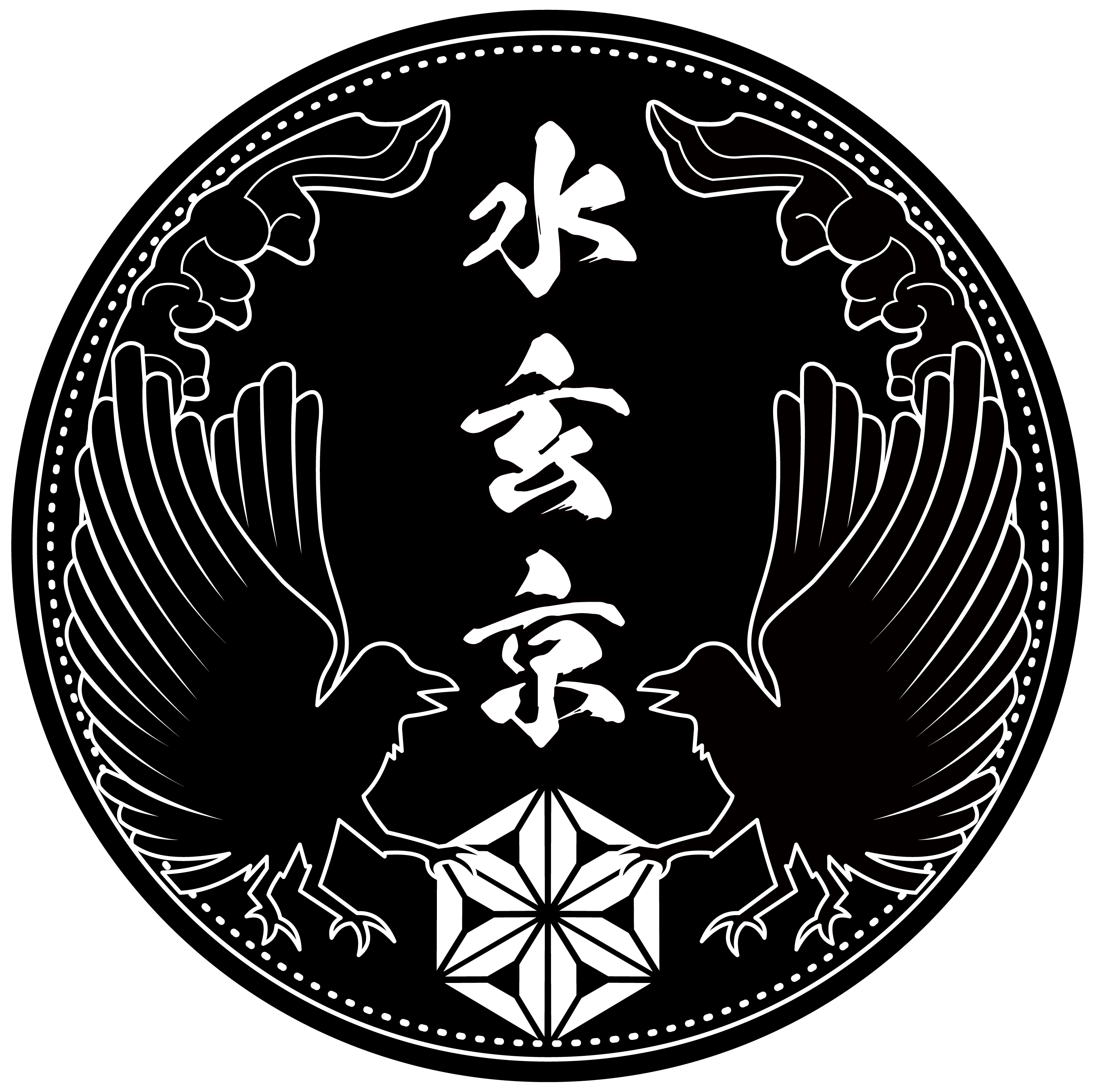SDGs Goal 14: Life Below Water
In addition to the SDGs goal 8 above, traditional Japanese crafts can also contribute to improving the marine environment, protecting marine living resources and promoting sustainable use, which are the mission of goal 14. Our daily lives are enriched by seafood caught by the fishing industry. However, wastewater from industrial activities and rubbish dumped into the ocean have resulted in water pollution, affecting the ecosystems of marine organisms and depleting the resources of the oceans in recent years. In order to continue to use marine resources sustainably in the future, the ecosystems of marine life must be preserved and the pollution of the oceans by human activities must be reconsidered for the sustainable society. From this situation, Fukuoka Kigyo Ltd. decided to secure marine resources and conserve its ecosystem through the flowing activities below using Nishijin textile.
Improvement of water quality and conservation of marine organisms using Nishijin textiles.
Fukuoka Kigyo Ltd. is an Nishijin weaver founded in 1902 in Nishijin, Kyoto. In recent years, the company has been taking advantage of the durability of Nishijin textiles to clean up oceans and rivers. This project was started after the Great Hanshin-Awaji Earthquake, when the company saw carbon fibre being used to repair buildings and wondered if it would be possible to utilise Nishijin textile technology in this field. After many trials and errors, the carbon fibre weaving was made in 2003, but there was a little demand for it as a repair work at the time. However, in an attempt to use this new Nishijin textile material for a different field, he took part in a lake water purification project in Gunma Prefecture. Wakasagi (hypomesus nipponensis) were often caught in that area and the it was a local industry for that area. However, after a certain period the water pollution in the lake accelerated, affecting the creatures living in the lake.
As a result, it became difficult to catch wakasagi, and the carbon fibre was used to clean the water, allowing it to take wakasagi again. The local industry seemed to have been revived, but when carbon fibre is used to clean the sea and rivers, it was easily broken as the water flow is stronger than in lakes. Due to this, the current president, Mr Fukuoka, used finer fibres made by using in his own textiles and could get more micro-organisms at once, purifying the water quality. The Nishijin weaving technology also makes the fabric more durable than the usual carbon fibre, and no matter how strong the flow of water, the fabric was not broken. With this new Nishijin carbon fiber, he could purify rivers and oceans across Japan, improving water quality and helping to preserve marine life.
As this article explained above, traditional Japanese crafts are a cultural resource in each region and have contributed to the social and economic aspects of community development. As an essential part of the SDGs, which encourages environmental, social and economic sustainability, we will continue to give contributions for building a sustainable society by promoting the excellence and practicality of Japanese domestically and internationally.
